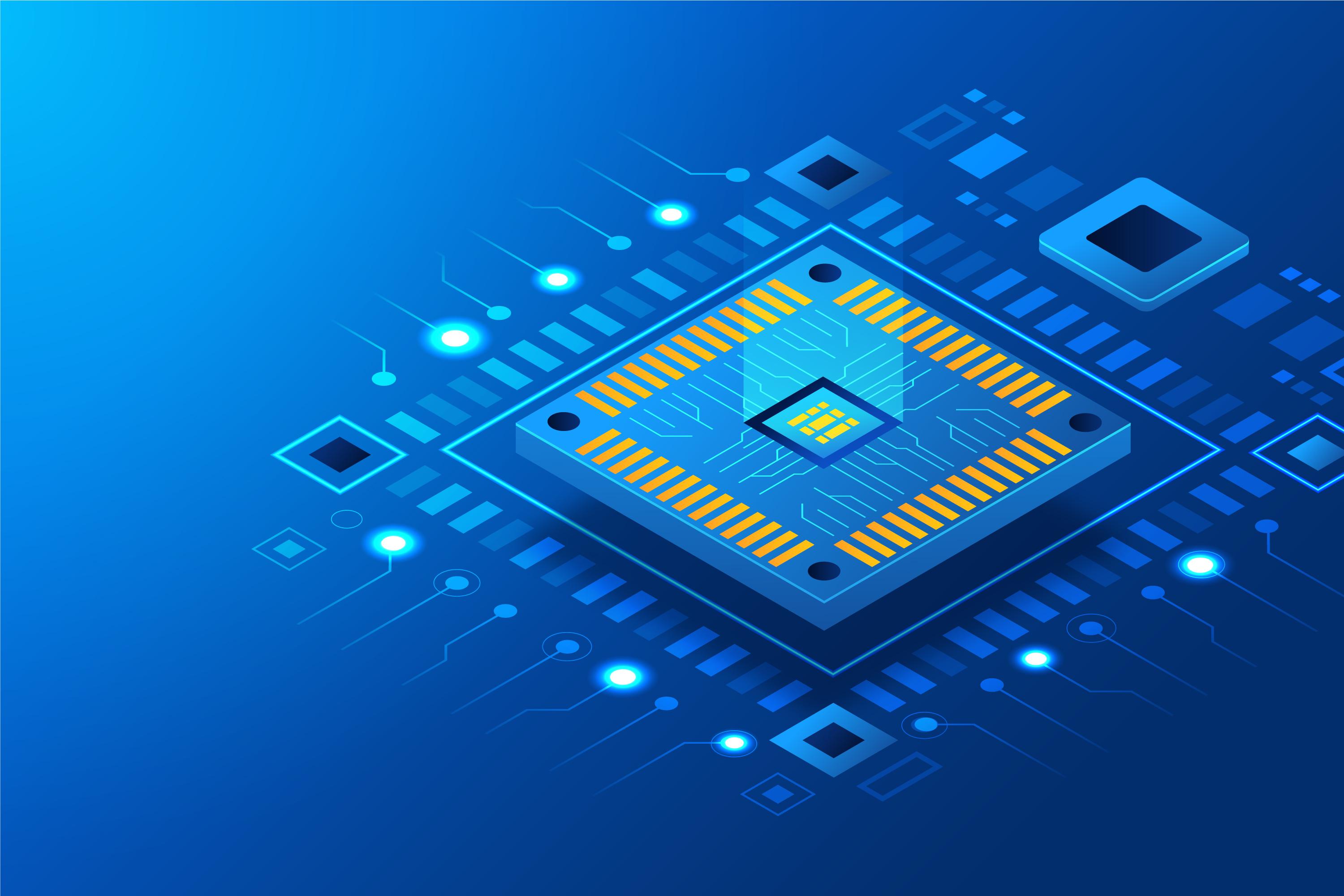The Digital Art Movement: More Than Just Pixels and Screens

There’s a moment—quiet but unmistakable—that happens when you see a piece of digital art that truly moves you. Not just something that’s well-designed or trendy, but something that makes you stop scrolling, lean in, and feel. That moment is why I believe digital art is not just having a moment, but quietly defining an era.
I’ll admit, I was a skeptic at first. I grew up around sketchbooks, oil paints, and the smell of turpentine lingering in my school’s art room. There was something romantic about “real” art—the kind you could touch and smudge and ruin with a single accidental brushstroke. So when digital art started gaining ground, it felt a bit sterile to me. Too clean. Too undo-able.
But that view has changed—radically.
What digital art offers isn’t a replacement of traditional mediums. It’s a parallel universe, rich with its own tools, languages, and possibilities. And for many, it’s a lifeline. You don’t need an expensive studio. You don’t need physical materials. All you need is a tablet, some software, and an idea. And that kind of accessibility is powerful.
I recently came across a report by Roots Analysis that really put things into perspective. According to them, the global digital art market size is projected to grow from USD 7.24 billion in 2025 to USD 30.69 billion by 2035, representing a CAGR of 15.53% during that period. That’s not just a bump—it’s a tidal wave of momentum. And it tracks. Just look at what’s been happening: more digital galleries, more hybrid exhibitions, and more creators finding global audiences without ever stepping on a plane.
And let’s not even get started on NFTs. That’s its own complicated rabbit hole. Love them or hate them, they cracked open a space where digital art wasn’t just visible—it was valuable. And while the hype may have cooled, the impact remains. Artists now know that their work, even in purely digital form, can be collected, traded, and showcased just like traditional pieces. That’s a huge mindset shift.
Still, the real story of digital art isn’t just about market numbers or blockchain buzz. It’s about expression. I’ve seen digital portraits that feel more raw and emotionally charged than anything I’ve seen hanging in galleries. I’ve watched creators on Twitch and Instagram build entire visual worlds in real time, layering textures, experimenting with light, animating brushstrokes with code. It’s art, sure—but it’s also performance, storytelling, design, and technology rolled into one fluid process.
And maybe that’s what makes it so compelling right now. We’re living in a digital-first world. Our relationships, our work, our identities—they’re all increasingly filtered through screens. So it makes sense that art would evolve to reflect that. Digital art captures the spirit of the time we’re in. It’s messy, fast, remixable, and constantly evolving.
That said, there’s still a weird gatekeeping vibe in some corners of the art world. Like digital work isn’t “real” art unless it’s printed out or sold for six figures. But here’s my take: the medium doesn’t define the message. A pixel can move you just as much as paint. What matters is the idea, the emotion, the intent behind it.
One of the most exciting things I’ve noticed is how young people are approaching this space. Teens with basic tablets are creating absolutely wild, breathtaking pieces on Procreate. Folks who never went to art school are building followings on Behance and DeviantArt. It’s democratic in a way that art hasn’t always been. There’s still a long way to go in terms of crediting work properly, fighting art theft, and ensuring fair compensation—but we’re moving.
I don’t think digital art is a trend anymore. It’s not the next big thing—it’s the now big thing. And honestly, the more I engage with it, the more I see its beauty not just in the end product, but in the process. It’s fast and slow. It’s chaotic and controlled. It’s sketching, sculpting, coding, and dreaming all at once.
So yeah, I’m all in. I still love the smell of oil paint, and I’ll always appreciate the texture of a stretched canvas. But these days, there’s something kind of magical about watching someone create an entire universe from a blank screen—and knowing that art, in any form, is still about making us feel something real.
Note: IndiBlogHub features both user-submitted and editorial content. We do not verify third-party contributions. Read our Disclaimer and Privacy Policyfor details.





